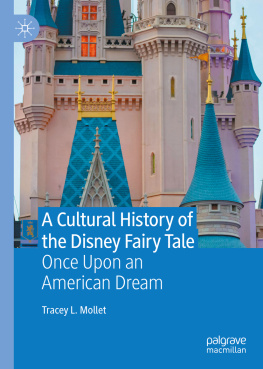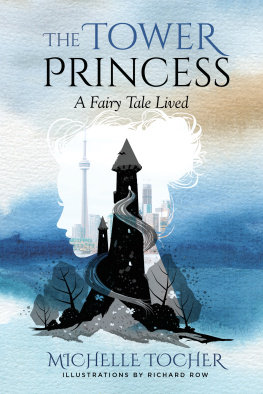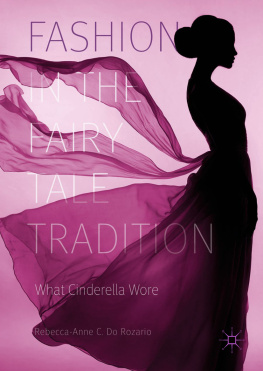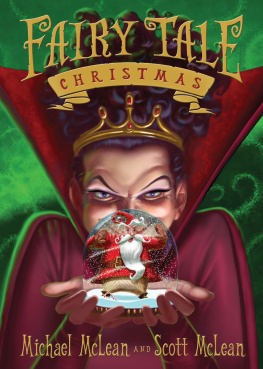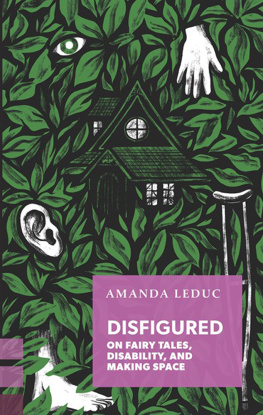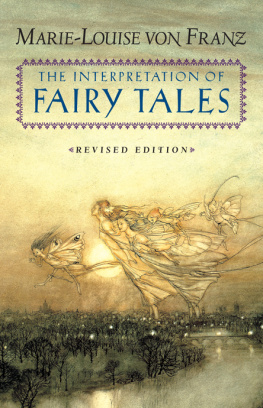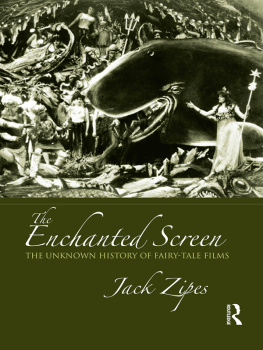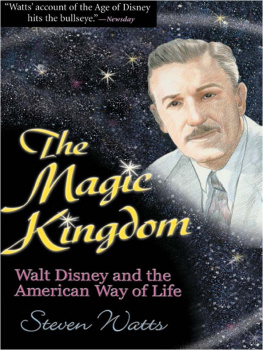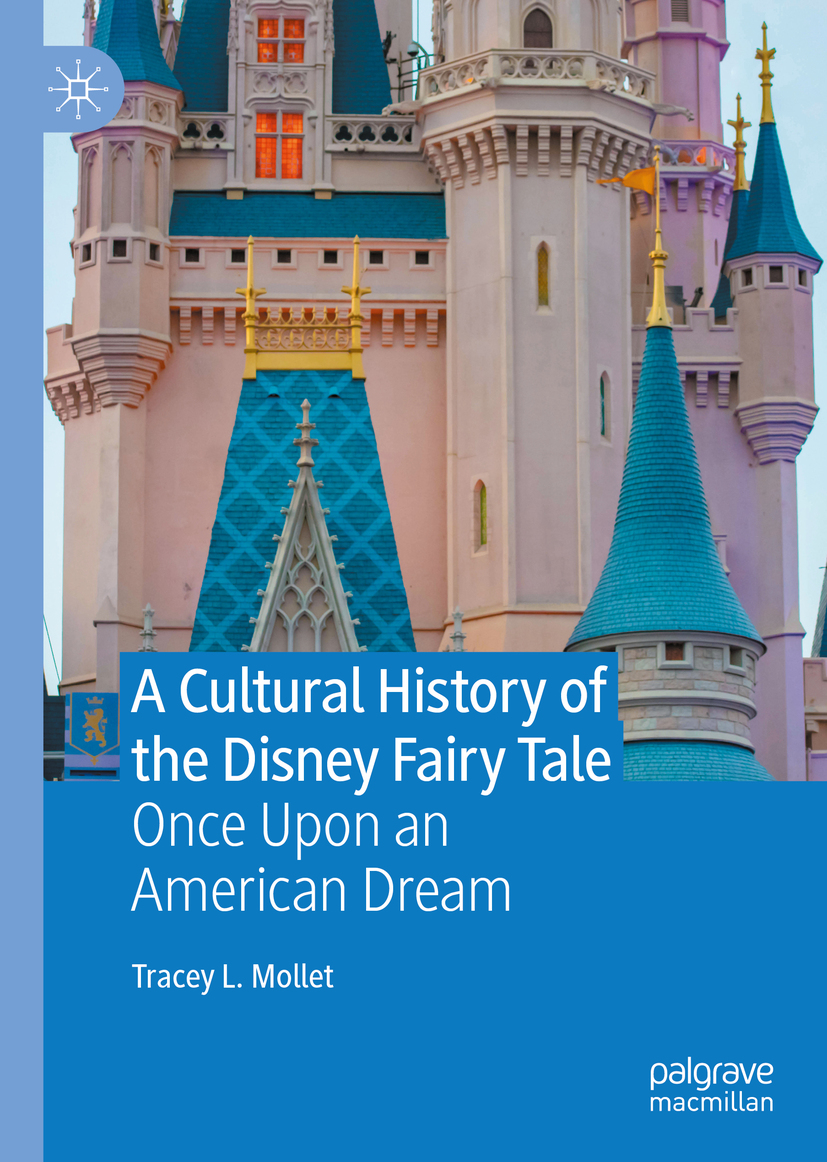1. Introduction: Once Upon a Time in Hollywood
Disney and the Promise of Happily Ever After
When You Wish Upon a Star is arguably the most well-known song to come out of the Walt Disney Studio. Written by Leigh Harline and Ned Washington, the song was written to accompany Disneys adaptation of the Italian fairy tale Pinocchio (Sharpsteen and Luske , 132). Indeed, these two stories are fundamentally analogous. As well as the universal values of happiness and love that one associates with a fairy tale ending, the song isolates elements associated with Americas national myth and binds them to Disneys fairy tale notions of magic and the fantastic.
The name Disney has always been indelibly associated with fairy tales. From the studios humble beginnings in the 1920s, Walt Disney and his then partner Ub Iwerks transformed fairy tales such as Puss in Boots and Cinderella into short animated productions. Throughout the twentieth century and early twenty-first century, the studio has released countless animated adaptations of fairy tales and childrens stories, including but not limited to Snow White and the Seven Dwarfs (Hand et al. ).
Furthermore, beginning with the heavily hybridised tale, Enchanted (Lima ).
Much scholarly work has been carried out on the narratives of Disneys productions. Fairy tale scholars have focused solely on the studios sanitisation of the European fairy tale (Schickel ). While each of these scholars agrees that Disneys productions are immensely important to Americas history, popular culture and ideology, an area that has not been explored in any depth is the relationship between Disneys productions and Americas own fairy tale ideology: the American Dream. Such an exploration can draw wider connections between the narratives of Disneys fairy tales and Americas exceptional cultural history. This book will chart the complex history of this relationship, demonstrating the ways in which the Disney fairy tale has been reconstructed and renegotiated alongside, and in response to important changes in Americas socio-cultural fabric.
Disney, the American Dream and the 1930s
The Walt Disney Company , undisputedly, is a dominant feature on the contemporary entertainment landscape. It should be recognised that the shape of the business has transformed significantly over time, changing in response to significant upheavals in political, economic and social contexts, as well as evolutions in market trends and tastes. It is at once an animation studio, a holiday destination and a company name (Davis , 1). With theme parks, hotels, cruise ships, Broadway musicals, retail outlets and the acquisition of further influential companies such as Marvel, Lucasfilm and 20th Century Fox , the company is now almost unrecognisable from its roots in the Golden Age of Hollywood. And yet, the 1930s holds an incredible significance for Disney, its formulation of fairy tale narratives and its historical connection to American identity.
Both the American Dream and the Disney fairy tale were born in the 1930s. The term, The American Dream was first coined in 1931 by James Truslow Adams in his work The Epic of America. Its essence was a dream of a social order in which each man and each woman shall be able to attain to the fullest stature of which they are innately capable [] regardless of the fortuitous circumstances of birth or position (Adams ) contends, all players started off equal [] and players seemed to relish the ethos of the game: to make as much money as possible (18).
Nowhere was the myth more durable than in Hollywood. Americans flocked to the movies to escape into upbeat and optimistic narratives, seemingly offering the security of a happily ever after. Musicals of the early 1930s such as 42nd Street (Bacon ).
Walt Disney himself was one such individual. He portrayed himself as the real life Horatio Alger: a living demonstration of the American Dream (Sklar ).
The importance of the Three LittlePigs cannot be underestimated. This was, after all, the first time that the American people had placed themselves within the fairy tale world and identified themselves in the position of fantasy characters, crystallising the connection between Disneys colourful fairy tale world and the harsh realities of their everyday lives. Its central song, Whos Afraid of the Big Bad Wolf , became a rallying cry for peoples battle with the Depression. The Wolf itself was the threat to the American Dream. Fairy tale villains became Americas villains. The songs of Disneys fairy tale world helped to sustain Americans faith in their national myth. The success of this one fairy tale inspired Disney to go on to make more fairy tales in the 1930s. After considerable technological development and financial strain, the Walt Disney Company released

